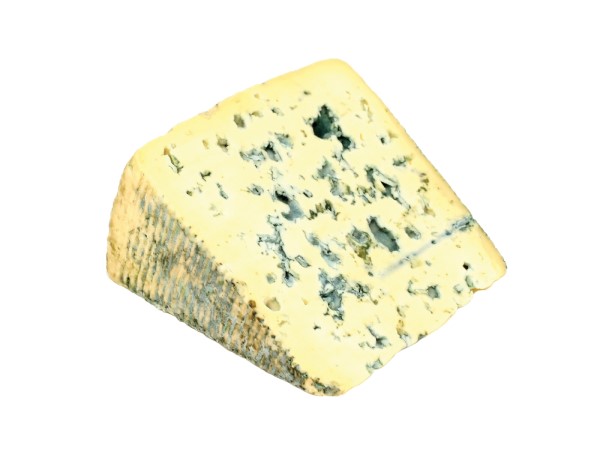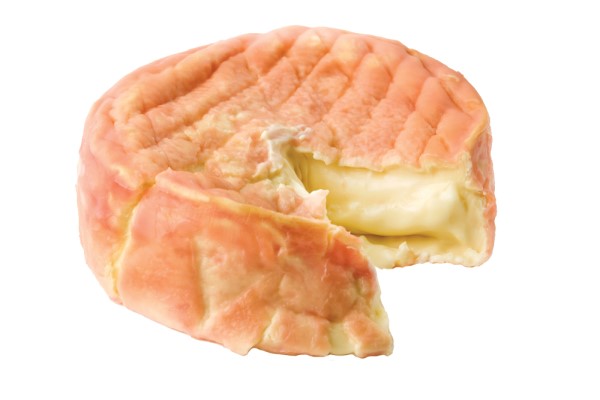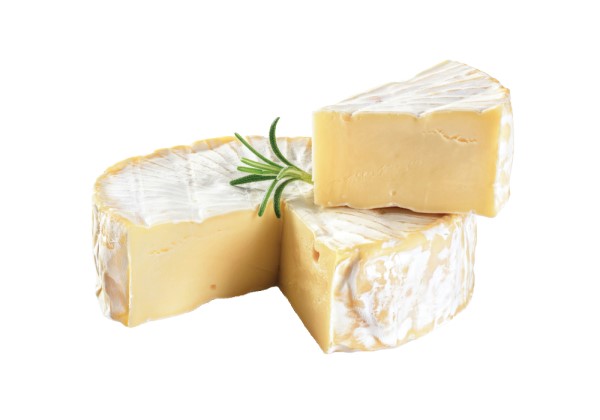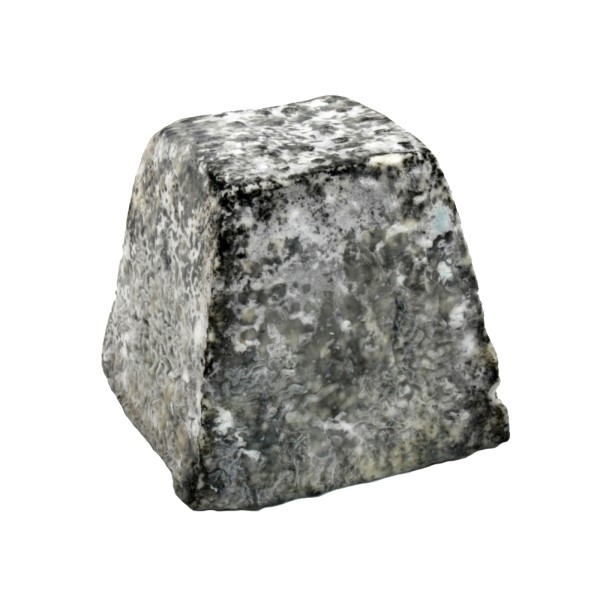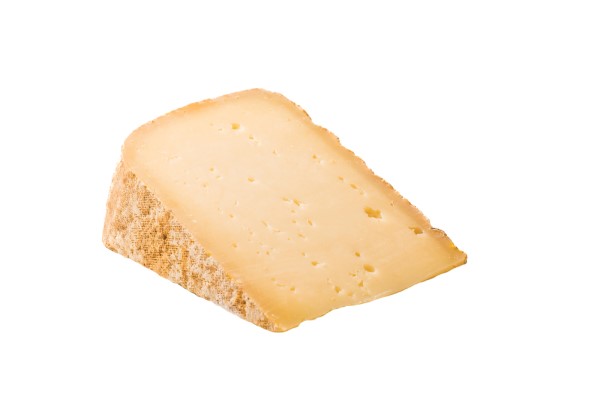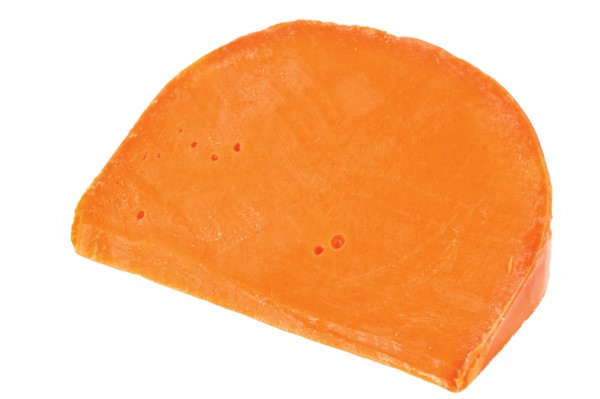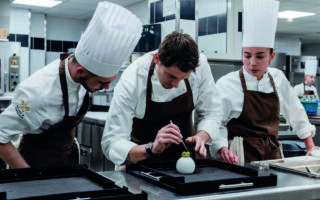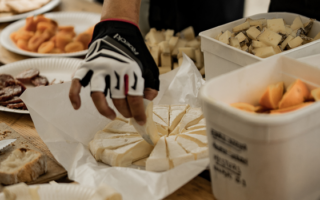
How to create the perfect cheeseboard
“How can you govern a country that has over 246 varieties of cheese?” asked Charles de Gaulle in exasperation. France is indeed a treasure trove of fromages – and the actual number these days could well be five times greater than the late president’s estimate. But although the myriad choices in a well-stocked shop can be overwhelming, these few simple guidelines from veteran cheesemonger Patrick Ambrosio will have you selecting cheese like a pro in no time…
THE BASICS
The key is to strike the right balance of milks (cow, goat, and sheep), styles (soft ripened, semi-soft and washed rind, pressed cooked cheeses and blues) flavours, ages, and textures. Five or six is more than enough for a healthy cheeseboard – any more will provide a diminishing return.
When composing a platter, arrange your cheeses in a pattern from mildest to strongest, and always display them whole. The only acceptable exception is buffets for very large groups where pre-cut cheeses may be required.
Tailoring your selection to fit the occasion is crucial. Remember, what works best for an informal outdoor gathering in the afternoon is not necessarily ideal for an after-dinner cheese course in your dining room. With this in mind, here are French cheese selections to suit three different occasions.
INFORMAL GET-TOGETHER
For an informal luncheon or pre-dinner board, offer a quintet, leading off with a luscious triple cream, such as Pierre Robert or Brillat-Savarin. Add a wedge of Bethmale de Chèvre and Ossau-Iraty, two delicious semi-firm Pyrénées tommes. A slab of aged Comté, Cantal Entre-Deux, or Mimolette Vieille will provide the requisite bolder, nuttier, more complex aromas as well as a firmer texture.
For the big finish, don’t shy away from pungent and creamy Alsatian Munster, a spicy Bleu des Causses from the southwest, or the milder Bleu de Gex from the Jura. Frame the lot with a selection of crackers, jams, chutneys and honeys, as well as fresh and dried fruits, all colourfully laid out on a rustic wooden or earthenware board. As for the wine, serve a variety and let your guests discover new taste combinations.
PICNICS
Serve a trio of Brie de Meaux or the slightly more assertive Pont-l’Évêque; a whole Saint-Marcellin or Selles-sur-Cher chèvre – soft, ripe, and bulging beneath their natural rinds; and, last but not least, a slice of Bleu d’Auvergne or Fourme d’Ambert.
All pleasantly earthy, unfussy, and with no inedible rinds to navigate, they require only a knife and a slice of crusty baguette as a delivery vessel. Ripe cherries or peaches, nuts, saucisson sec, and a chilled summer white or rosé will compliment them beautifully.
AFTER DINNER
After-dinner cheeseboards call for more serious, fuller-flavoured cheeses. Normandy’s Camembert or Livarot are excellent openers. Follow with a Valençay from the Loire Valley – its ripe and yielding outer edges concealed by the ash coating provide visual appeal and a lovely depth of aroma. Then add an aged Beaufort Chalet d’Alpage, or a slice of Salers, both firm and dense with a broad range of intense flavours that only cheeses made with high mountain summer cow’s milk can possess.
This is also the perfect occasion to crack open a whole Époisses. There’s nothing to cut here – simply place a small spoon alongside the orange-hued beauty and scoop its runny heart right onto your plate or bread. Finally, throw in a slice of Roquefort, the king of the blues. Choose a platter just large enough to accommodate the cheeses, so that your guests can pass it round easily. As for wines, simply continue with that well-aged Burgundy or Bordeaux that was served with dinner, or bring out your best aged Port or Sherry.
There is no need for an elaborate cream-based dessert here; just a bite or two of a good quality dark chocolate paired with a spot of Cognac, Armagnac, or Calvados will send your guests off happily into the night.
Remember, whatever the occasion, the most important thing is to be open-minded, bold and, of course, to have fun. As the French saying goes,“On apprend en mangeant”– we learn by eating…
Share to: Facebook Twitter LinkedIn Email
More in Cheeseboard, Festive, French cheese, Fromage, How to, Occasion

